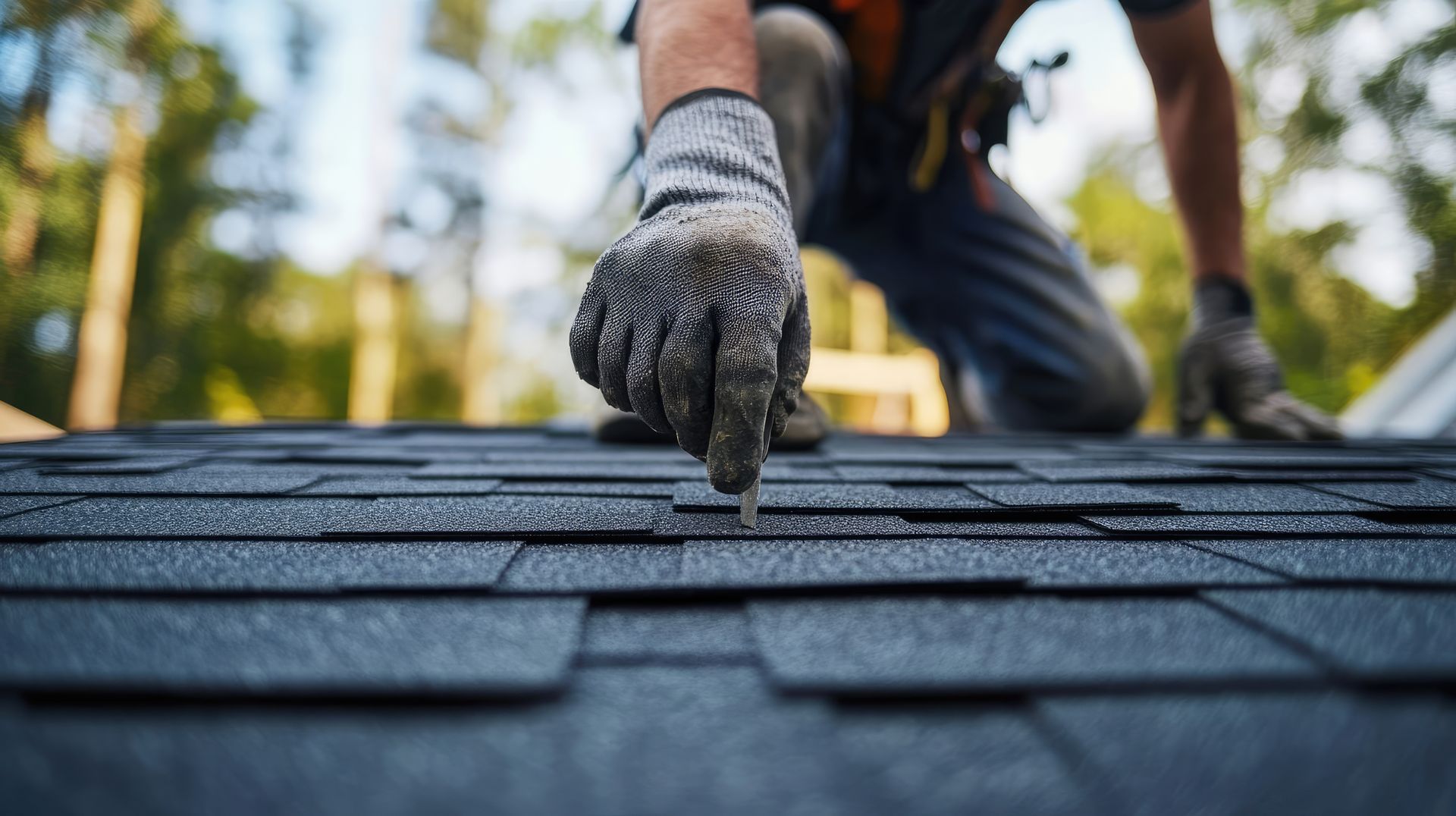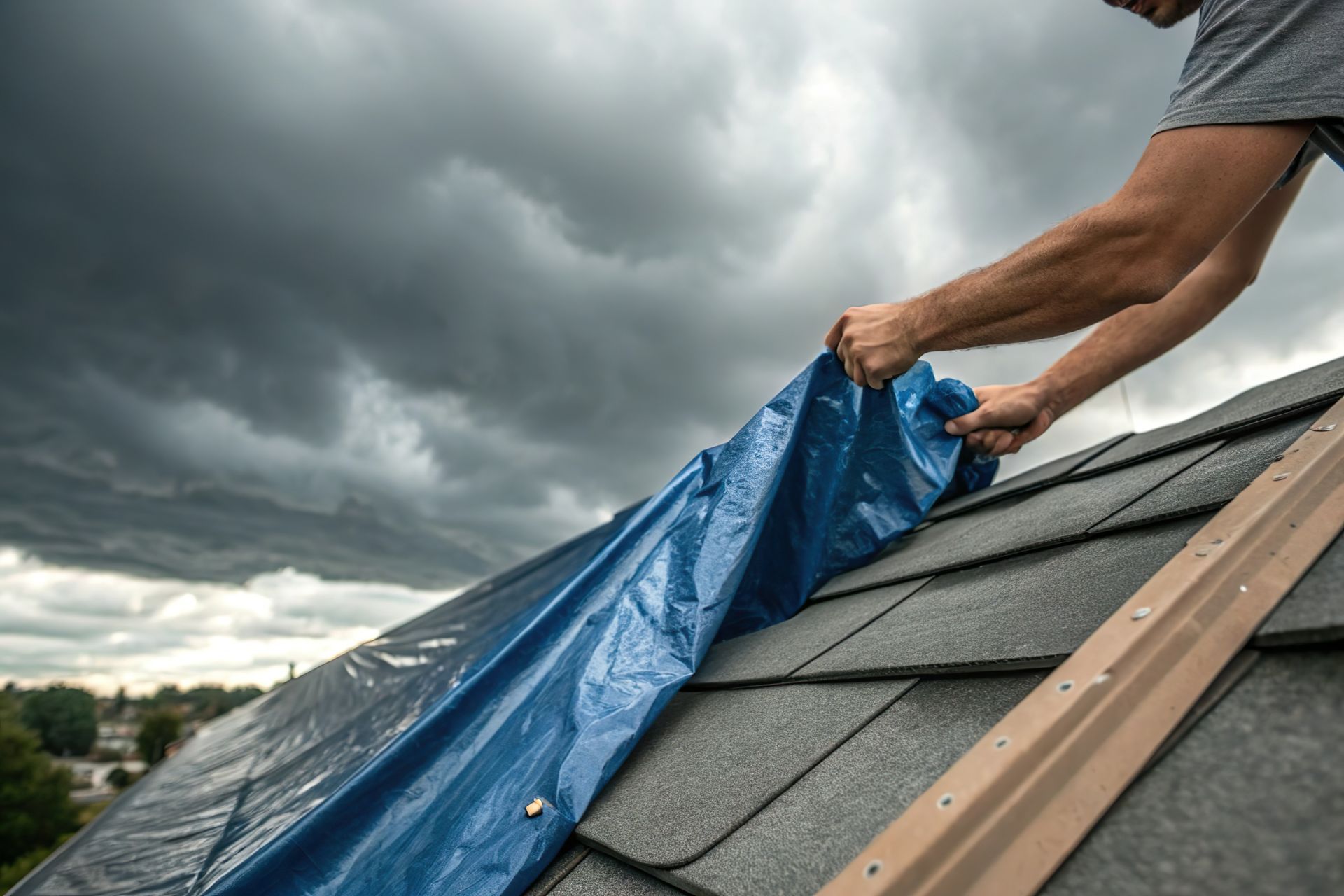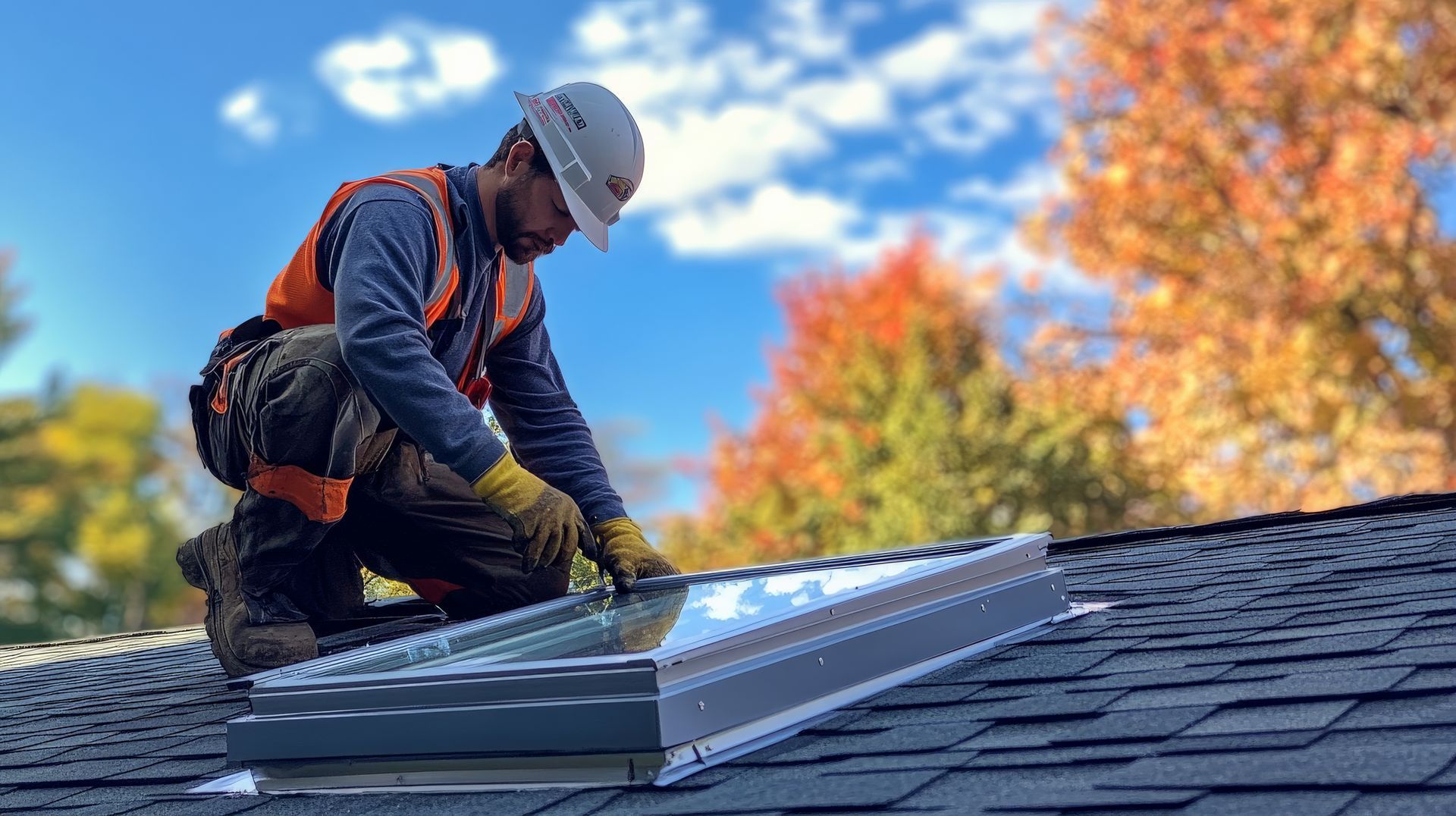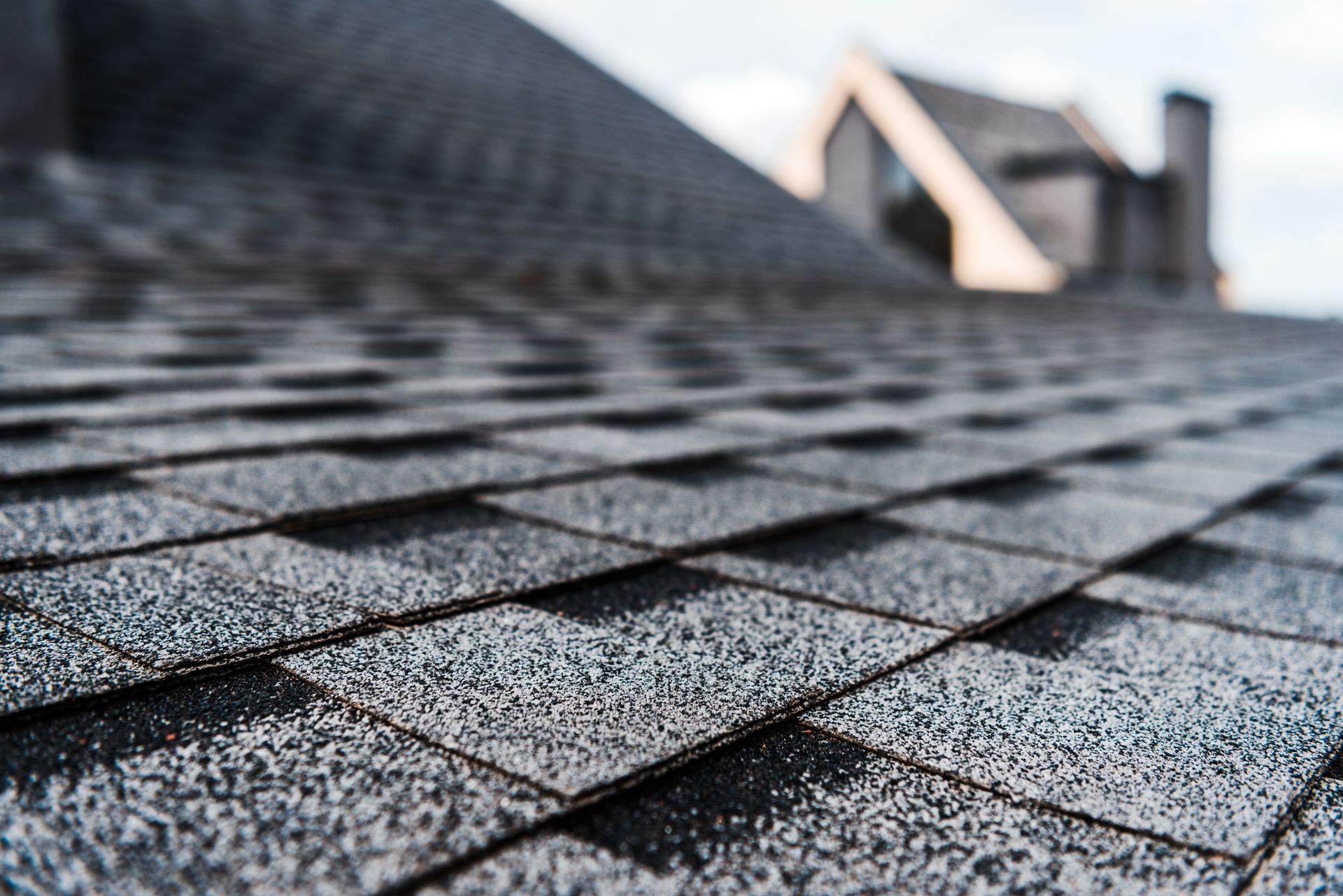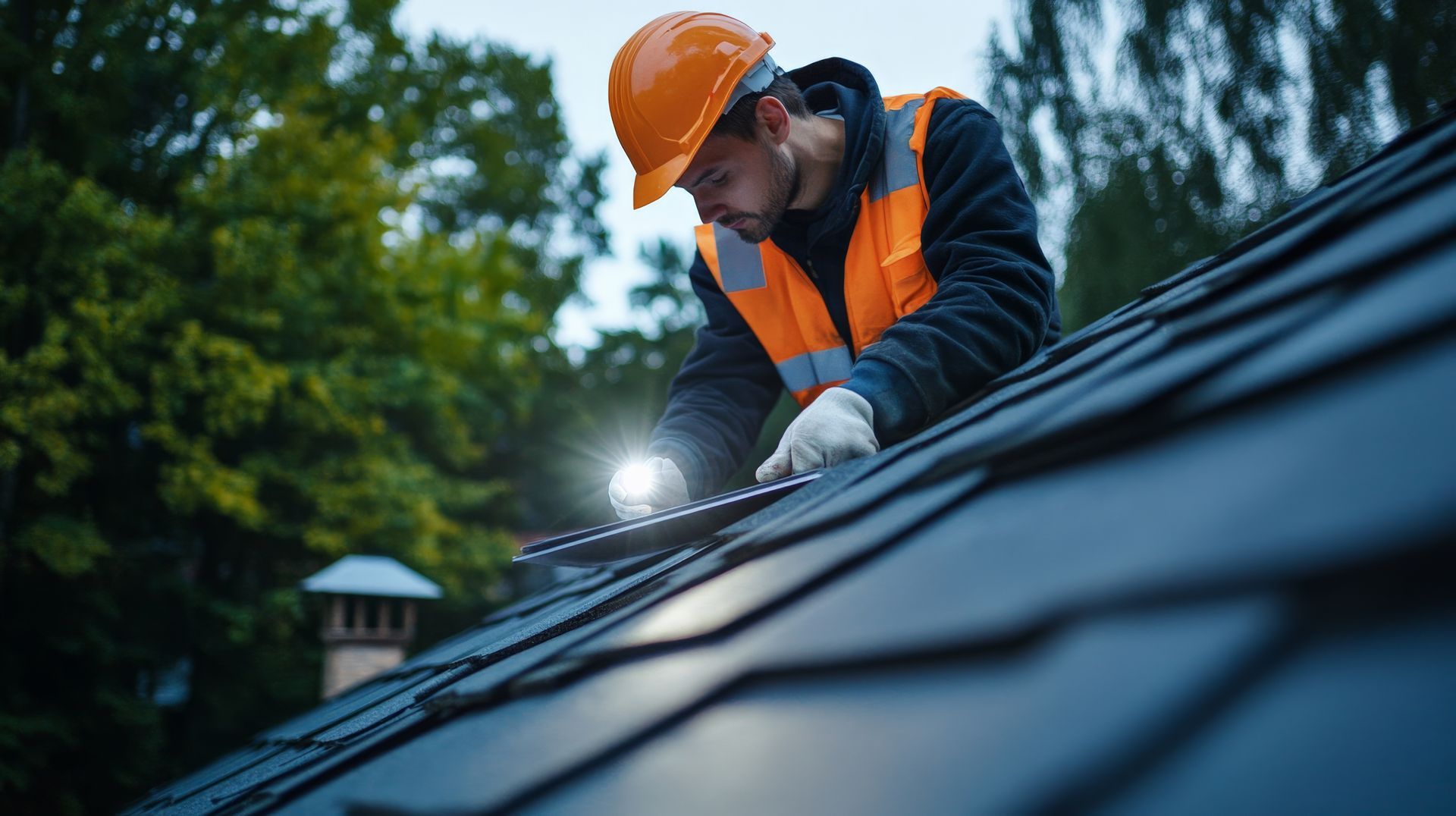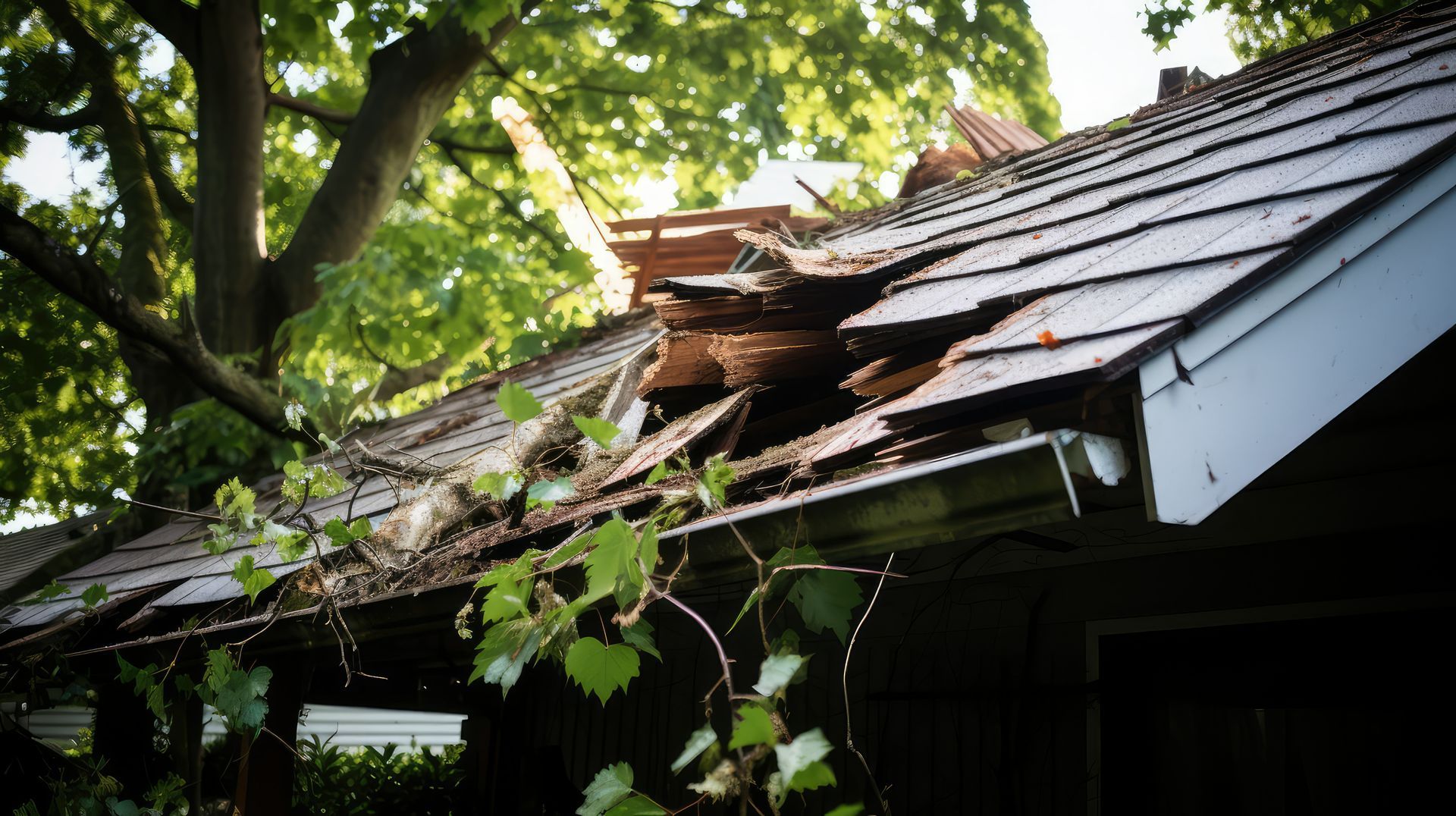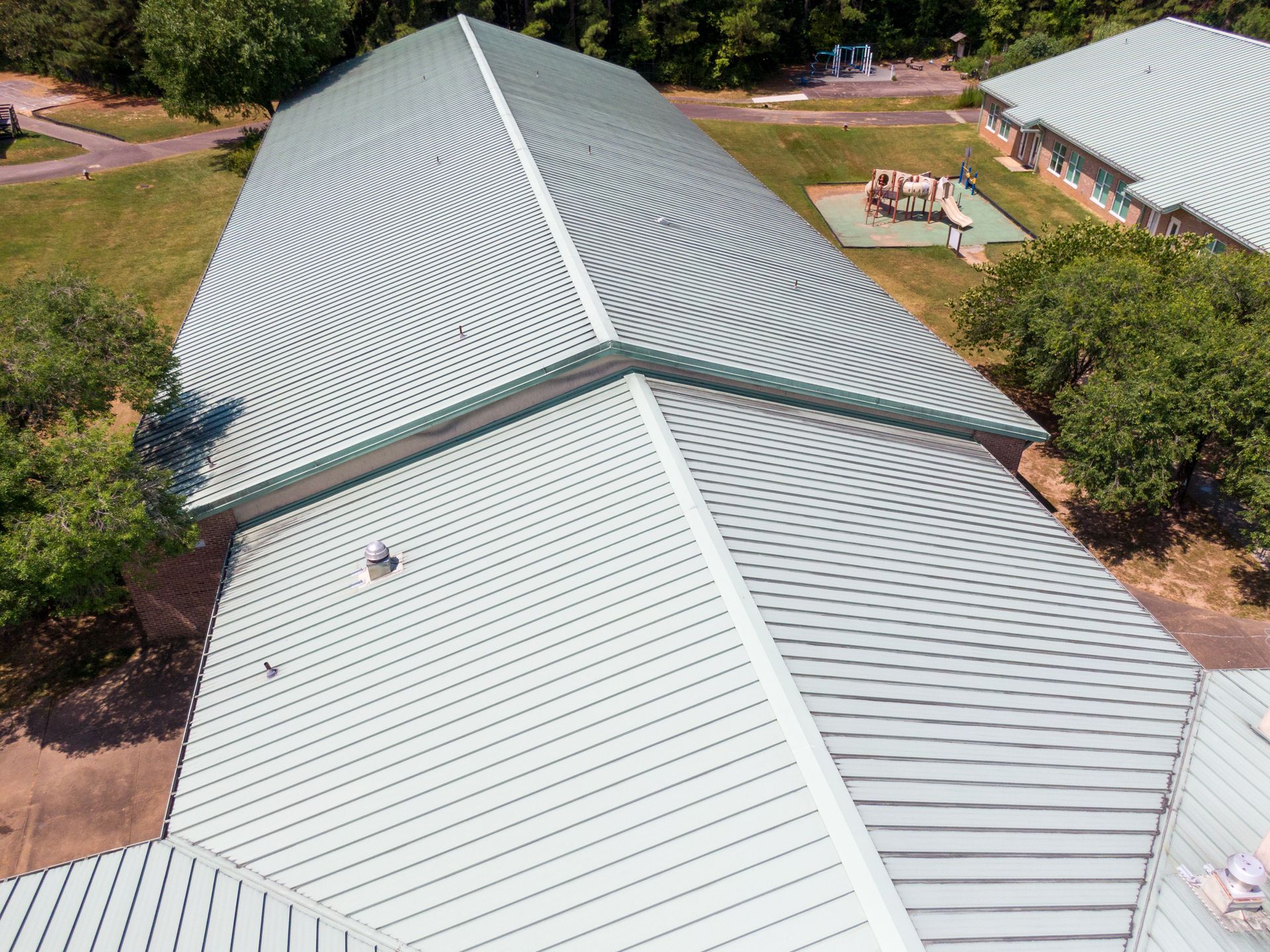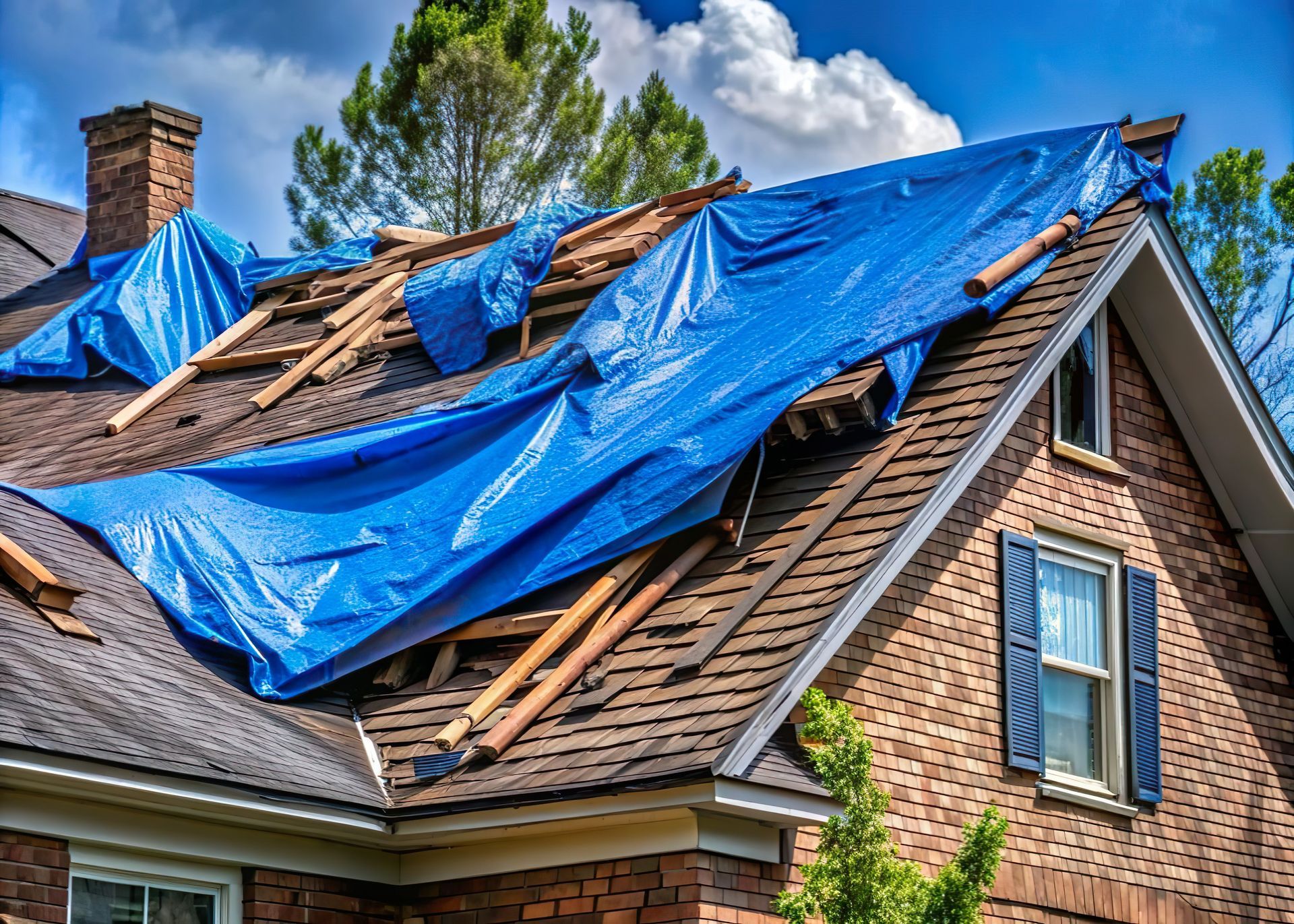Roof Installation: A Comprehensive Guide to Ensuring a Sturdy Shelter
Introduction: Building the Foundation for a Secure Shelter
Roof installation is a critical phase in the construction of any building. It requires meticulous planning, the right materials, skilled labor, and adherence to safety standards. A well-installed roof not only enhances the aesthetic appeal of your property but also provides vital protection from rain, wind, snow, and extreme temperatures. From selecting the appropriate roofing materials to understanding the installation process, we'll provide you with a comprehensive roadmap to successful roof installation.
Roof Installation: Step-by-Step Breakdown
The Importance of Proper Roofing Materials
Choosing the right materials for your roof is the first step towards a successful installation. LSI Keywords: roofing materials, best roofing options, durable roof materials
There's a wide variety of roofing materials available, including asphalt shingles, metal, clay tiles, and wood shakes. Each material offers distinct advantages and disadvantages, such as durability, cost, and aesthetics. To ensure the longevity of your roof, consider the climate in your area and the architectural style of your home. For example, metal roofs are excellent for longevity and energy efficiency, while asphalt shingles are budget-friendly and versatile.
Preparing for Installation: Assessing the Structure
Before installation begins, a thorough assessment of the roof's structure is essential. LSI Keywords: roof structure assessment, pre-installation inspection, structural integrity
A professional contractor will inspect the underlying structure for any signs of damage or weakness. This assessment helps identify potential issues that might affect the installation process, such as rotting wood, inadequate ventilation, or compromised support beams. Addressing these issues beforehand ensures a solid foundation for the new roof.
The Installation Process: Executing with Precision
The actual installation process involves several key steps, ensuring a secure and watertight roof. LSI Keywords: roof installation process, installing roofing materials, steps to install a roof
- Stripping the Old Roof: If replacing an existing roof, the old materials must be stripped off carefully. This includes removing old shingles, flashing, and underlayment.
- Underlayment Installation: A high-quality underlayment, such as asphalt-saturated felt, is applied to provide an additional layer of waterproofing and protection.
- Flashing and Ventilation: Proper flashing around chimneys, vents, and skylights prevents leaks. Adequate ventilation ensures moisture doesn't accumulate in the attic.
- Installing Roofing Materials: The chosen roofing material is installed according to manufacturer guidelines. This could involve laying shingles, attaching metal panels, or placing tiles.
- Sealing and Finishing Touches: Proper sealing and caulking are crucial to prevent water infiltration. Ridge vents and caps are installed for proper ventilation.
Dos and Don'ts of Roof Installation
Avoid common pitfalls by following these dos and don'ts during roof installation. LSI Keywords: roof installation dos and don'ts, best practices for installing a roof
Dos:
- Do Hire Professionals: Roof installation is complex and requires skilled labor. Always hire experienced roofing contractors for the job.
- Do Choose Quality Materials: Cutting corners on materials might save money initially but can lead to costly repairs down the line.
- Do Prioritize Ventilation: Proper ventilation prevents mold growth, extends roof lifespan, and ensures energy efficiency.
- Do Regular Maintenance: Schedule regular inspections and maintenance to catch issues early and extend your roof's life.
Don'ts:
- Don't Ignore Ventilation: Inadequate ventilation can lead to moisture buildup and premature roof deterioration.
- Don't Rush the Process: Roof installation is not a task to be rushed. Taking your time ensures a quality outcome.
- Don't Overlook Flashing: Improper flashing can cause leaks and water damage. Ensure flashing is done correctly.
Frequently Asked Questions (FAQs):
Q: Can I install a new roof over my old one?
A: While it's possible, it's not recommended. Adding new layers can compromise the integrity of the roof and lead to more significant issues in the long run.
Q: How long does roof installation usually take?
A: The duration varies based on factors like the size of the roof, chosen materials, and weather conditions. On average, it can take anywhere from a few days to a week.
Q: What's the best material for a roof in a hot climate?
A: Metal roofs are excellent for hot climates due to their heat-reflective properties and durability.
Q: How often should I inspect my roof after installation?
A: Regular roof inspections are recommended at least twice a year, ideally in the spring and fall, to catch any issues early.
Q: Can I install a new roof myself?
A: Roof installation requires specialized skills and knowledge. It's best to hire professional contractors to ensure proper installation and safety.
Q: What are the signs that I need a new roof?
A: Look for signs such as missing or damaged shingles, leaks, sagging areas, and excessive granule loss on asphalt shingles.
Conclusion: A Secure Roof for Lasting Peace of Mind
Roof installation is a vital investment in the longevity and safety of your home. By selecting the right materials, hiring skilled professionals, and following best practices, you're ensuring a secure shelter that can withstand the tests of time and weather. Remember, a well-installed roof not only enhances the curb appeal of your property but also provides lasting peace of mind for you and your loved ones.

